Rob Small is the curator and designer of Pourewa, Ngāti Whātua Ōrākei’s productive organic garden in Auckland, which provides kai to local whānau and tells a mātauranga Māori story of its people and their place in the world.
Here is Rob’s story, as told to Rachel Clare.
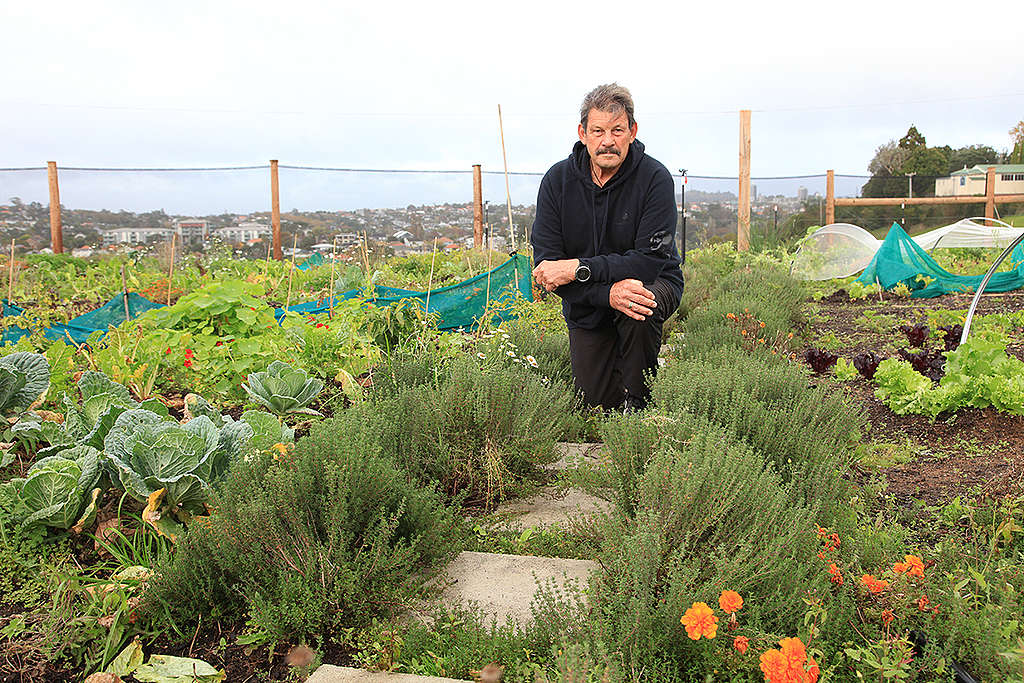
Pourewa is a community vegetable garden – a māra kai – and revegetation nursery for the whānau of Ōrākei, which is those people who relate to Ngāti Whātua Ōrākei’s marae. My role really is to oversee the development of the plan for the garden that I’ve drawn and to make sure it’s operational.
Ngāti Whātua Ōrākei didn’t gain access back to this land until 2018. As we gained Pourewa back, the country went into the pandemic, and it became even more obvious that many of those people would struggle just to feed themselves, so our support for this veggie garden was because Ōrākei saw a need to feed its people.
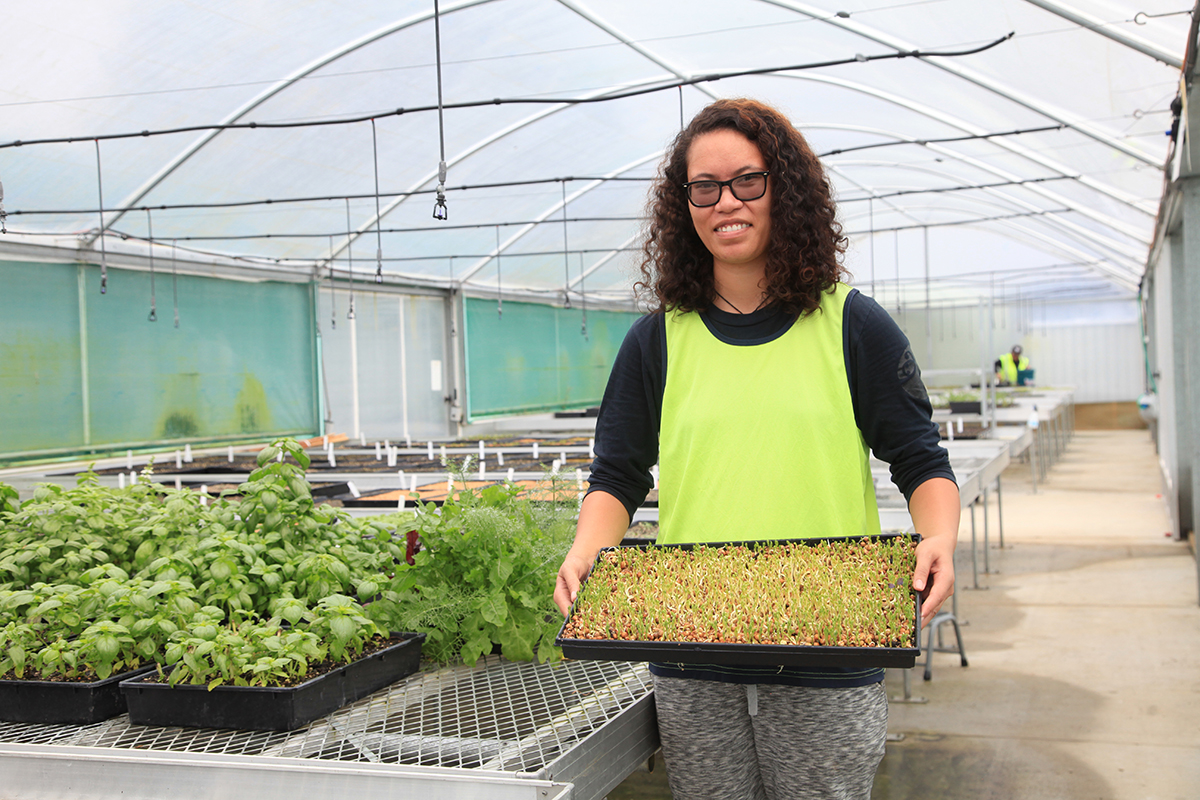
For 18 months now, we’ve been providing nourishing food grown in the māra that the whānau can come and collect on a weekly basis. The garden produces around 2000kg of vegetables a year. As we get better, we’re going to grow an abundance of foods, such as kūmara, which can be stored and given out at other times of the year. That whole kaupapa is about providing food full of mauri that will nourish our people and hopefully provide them the wherewithal to take them away from the fast food mentality. That’s not to say that a lot of our people don’t eat well, but some don’t. It’s our ambition to provide the opportunity where they can make a different choice because that choice isn’t available to them at present in many places because food is too expensive.
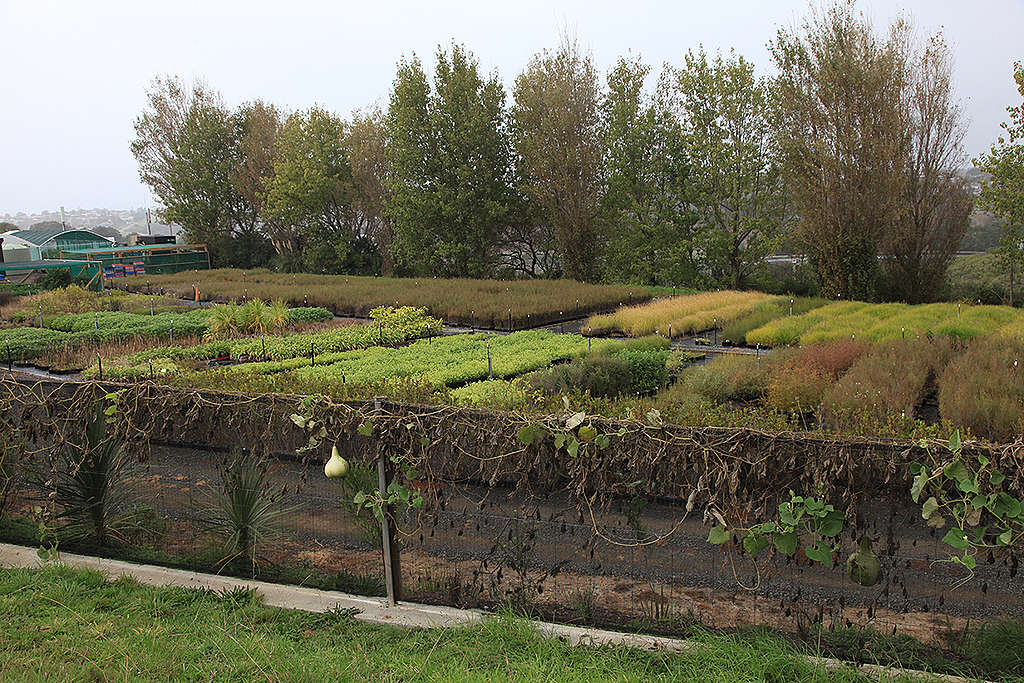
The whole idea behind creating this garden is Māori food sovereignty. Food sovereignty is an issue for people around the world for people aggregated from urban areas who have been isolated from their traditional gardening cultures. As a result, they drop into bad eating habits. If we just think of New Zealanders in general with urban intensification, there is a lot less likely to be gardening today, and there are all the myths that suggest, why would you bother because by the time you produce it, and it comes to fruition you can buy it cheaper in the supermarket. You would, but at least when you grow your food, you’re in control of what inputs go in it.
My thesis for designing the garden was “Can mātauranga Māori affect the way the garden is designed to meet the needs of Ngāti Whātua Ōrākei today”? Mātauranga encompasses research, learning that is passed on, teaching and a whole range of things to do with knowledge. How those processes were passed on were through very astute observations of the environment and rules and guides that ensured that people could live peacefully. In the design of the garden, I’ve been challenged with thinking about how those things would occur. That’s been strongly influenced by something, I guess, from the Pākeha world in my role as director of Auckland’s regional parks for nine years – the gardens needed to be interpreted so that people could get the best out of them. My feeling was that if I created a design that exuded energy and talked about who Ngāti Whātua Ōrākei were, that would lead to the telling of those stories. I’m very conscious that the mātauranga that needs to be interpreted here is very much the mātauranga of Ōrākei so it’s for them to tell their stories. I think that’s a really critical issue because my Māori origins are Ngāpuhi.
The garden has been designed as a big circle with paths that divide it into four sectors. The paths are at true north, south, east and west. In the middle of that, which is not completed as yet, is to be a maramataka compass, which will be a large dial on a plinth that will depict and name the different nights of the moon. The fact that the path runs due east is a comparison to where the sun rises at different parts of the season. It tells the story of Tama-nuite-rā, the sun, and how the sun had two wives – a winter wife and a summer wife – and would graduate from one to the other during the seasons. Without what we traditionally know as calendars, Māori were astute observers of their environment, and the garden is intended to reflect that.
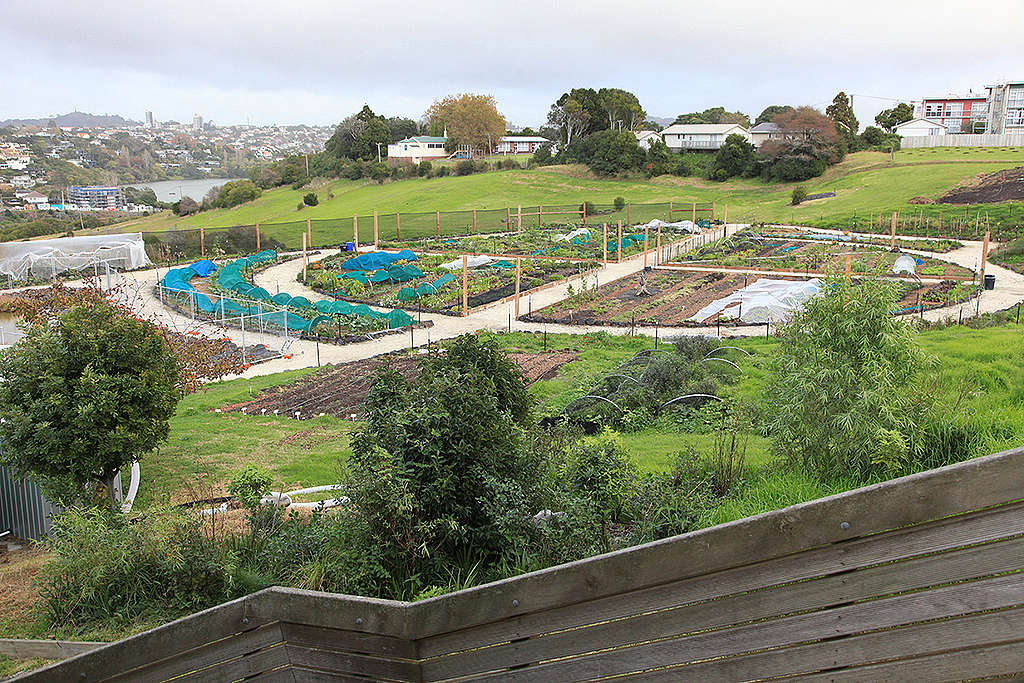
We follow the maramataka for most things in the garden. Maramataka was developed for traditional crops, and it’s not as simple as where the moon is. It was looking at other signs, called tohu. It might have been a prevailing wind when something flowered, when some phenomena was happening in the ocean – it could have been any of those things that were triangulated, but certainly we observe it quite strictly for planting and for lifting longer-term crops. But when you’re harvesting things like a zucchini, if you don’t harvest them every few days, you’ll end up with marrows, so some things have to be harvested when they’re ready.
This garden is about an organic system from a Māori point of view. It’s not just because we want to provide chemical-free food that is wholesome; it’s because we want to nourish Papatūānuku as well, and by nourishing Mother Earth we provide nourishing organic food that is full of mauri. We see the soil and the earth as a complete living thing. It’s important to understand the bacteria and the fungi and all those things that make the soil work. The garden is no-dig, and we only use organic fertilisers. We’re trying to model regenerative horticulture through a Māori lens, so we try to only use materials with whakapapa such as rocks, trees and animal manure, and we use as little plastic as possible. We harness the sun’s energy using photovoltaic cells to generate electricity and we have a process in the nursery to make sure we recycle any excess water from the irrigation system.
We adhere to six principles of Hua Parakore (the indigenous system and framework for growing kai). One of those is that we treat all things, including other people, with respect. We’re going through Hua Parakore certification at the moment and follow those things that set Hua Parakore apart from a traditional organic garden. Part of that is understanding wairua and those important principles of whanaungatanga, manaakitanga – all of those things which are so much part of it. Anybody who is a veggie gardener knows that one of the greatest pleasures is giving stuff away.
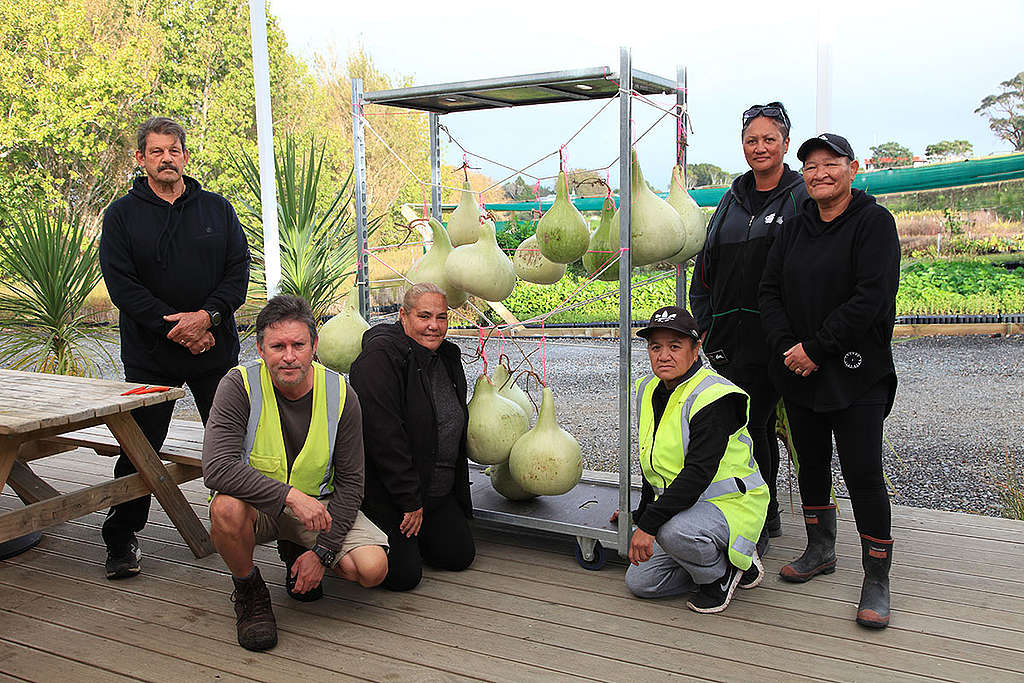
Most of the people who work for us are part of the whānau. Our people are paid, and I think it’s an important part of their development and sustaining their garden. We do it to create purposeful employment and to increase those skills that people have so they can independently flourish. We’re working currently on the development of a wellness garden – a māra rongoā that tells the story of Ōrākei and who they are. The beds contain plants that are used to treat the various parts of the body such as the digestive system, nervous system, blood and so forth.
Another part of the vision for Ōrākei includes a revegetation programme, so we also have an extensive native plant nursery where we grow thousands of eco-sourced plants. We have a very strong kaupapa around our role as kaitiaki of the ngahere (bush) of Tāmaki. There’s about 38ha here, so as we develop it people will find it quite pleasant to walk through. We also supply plants to council for civic planting, as well as other marae in the area. We’ve been talking about establishing a seed bank and we may do some work with the Auckland Botanic Gardens on preserving some of the more threatened species.
Here we’ve been in a running battle with pūkeko. We have to net them out, and we’re getting better at it. For a little while, we started windrowing some of our green waste to create a static pile of compost, and they were distracted by that for about a week. They are quite a pest and if you go back to some of the old gardening records, you’ll find people like Elsdon Best, who wrote Maori Agriculture in 1925, talking about the little fences for pūkeko. I’m not sure we could keep our pūkeko out. I’ve seen them fly over the top of the windbreak.
One of the things that I’m excited about growing this year is hue – the plant that produces the gourd that are used as containers, which the original island people brought to Aotearoa. They were so useful for creating containers. We’re also trying to grow some of the original varieties of kūmara. We’ve tried to grow them in a traditional way so when we plant our tipu we grow them east to west. We grew them in puke (little hills) last year. We also have plans to develop a māra tūpuna, an ancestors garden, where we grow this traditional kūmara, and the mahi toi (art) that has been developed for the area includes an entrance arch or waharoa, and opposite that will be a pātaka.
Another part of the vision for Ōrākei is to create camps for school children and to develop a centre for waka ama down where Pourewa creek joins up with Ōrākei basin. Pourewa is the place where Ngāti Whātua Ōrākei will be open to the world, and it’s exciting.
This story was originally published by Organic NZ magazine and is republished here with permission.
Copyright Organic NZ Magazine.
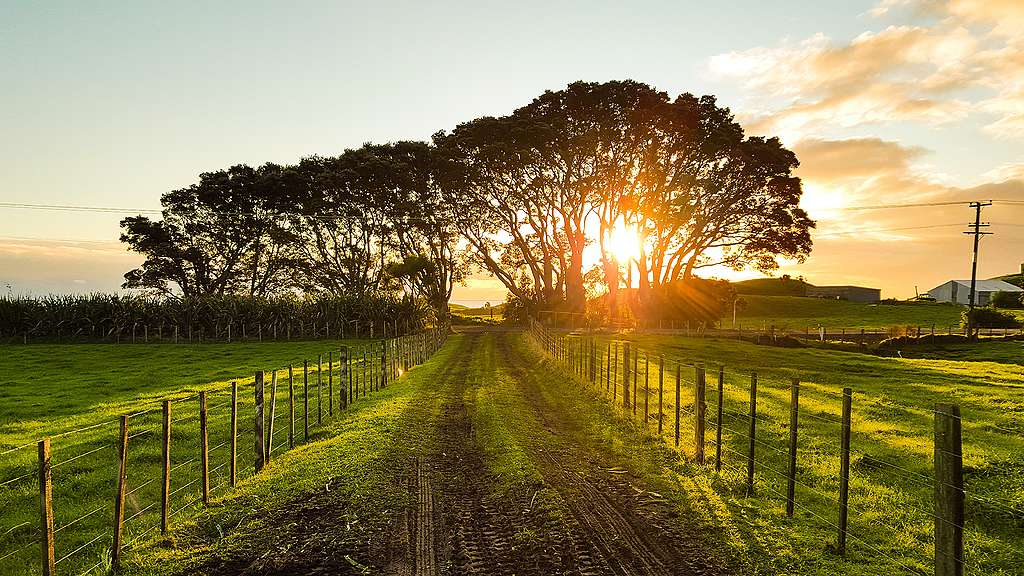
Call on Christopher Luxon to set up a billion dollar fund to transition New Zealand away from industrial to regenerative agriculture.
